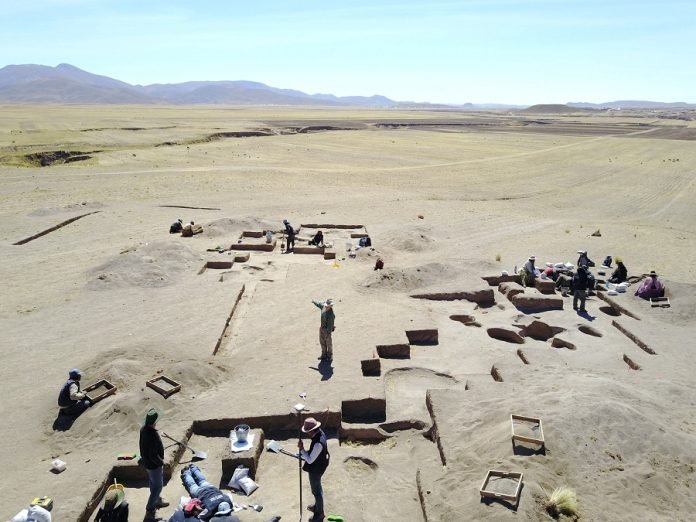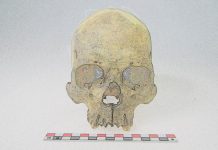
A team led by a University of Wyoming archaeologist has made a surprising discovery that could change our understanding of early human diets, especially in the Andes of South America.
Their research suggests that the common belief of early humans as mainly hunters might be incorrect.
Instead, in the Andes, they were primarily gatherers of plant foods.
This groundbreaking study, led by Assistant Professor Randy Haas, analyzed the remains of 24 individuals from burial sites in Peru, specifically Wilamaya Patjxa and Soro Mik’aya Patjxa.
The research, published in the journal PLOS ONE, used isotope chemistry and statistical modeling to uncover this new information about early Andean diets. The results show that about 80% of their diet was plant-based, while only 20% was meat.
The common view of early human diets has long been centered on meat consumption, fueled by the idea of a high-protein “Paleodiet.”
However, this new study challenges that narrative, especially for the period between 9,000 to 6,500 years ago in the Andes.
While there is evidence of hunting large mammals, the isotopic composition of the human bones from these sites indicates that plants were the major part of their diet.
Moreover, the presence of burnt plant remains at these sites, along with specific dental wear patterns on the individuals’ teeth, suggests that tubers (underground plants like potatoes) were a significant food source.
This discovery provides a clearer and more accurate picture of early diets in the Andean highlands, altering the understanding of the transition from forager societies to agricultural economies in this region.
The study was a collaborative effort involving researchers from various universities, including Penn State University, the University of California-Merced, UC Davis, Binghamton University, the University of Arizona, and the National Register of Peruvian Archaeologists. It also provided a unique research opportunity for undergraduate students, particularly during the 2018 excavations at the Wilamaya Patjxa site.
Jennifer Chen, a former undergraduate student in Haas’ lab and now a Ph.D. student in anthropology at Penn State University, played a key role in this research. As the lead author of the journal article, she was responsible for the isotope lab work and much of the analysis following the excavations.
Chen points out the importance of understanding food sources for survival, especially in challenging environments like the Andes. This study reveals that contrary to the common focus on hunting and meat in archaeological frameworks, early hunter-gatherers in the Andes mostly consumed plant foods, particularly wild tubers.
Haas notes that this study is a significant step in understanding early human diets. The findings indicate that early human economies in some parts of the world were more plant-based than previously thought. He suggests that as archaeological tools and methods evolve, similar revelations might be found in other regions, challenging long-standing beliefs about early human diets.
This research not only offers a new perspective on early human diets but also emphasizes the evolving nature of archaeological understanding.
As Haas continues to investigate human behavior in past societies, his work sheds light on both our history and present-day human behavior, especially in the context of food sources and survival strategies.



